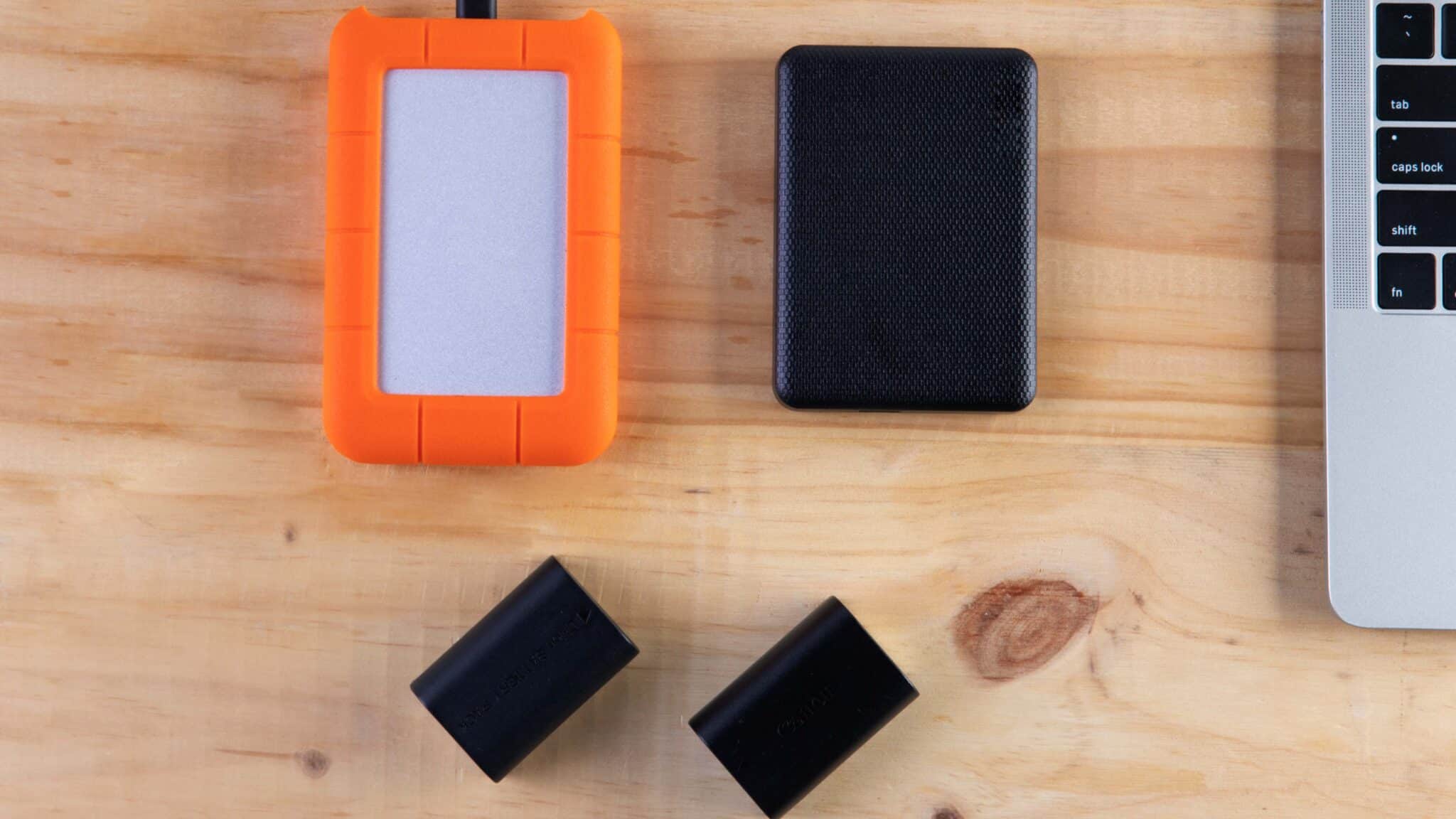Hard Drives and USBs

If you are in the market for a new laptop or desktop, taIf you have ever faced the panic of losing files or dealing with a broken computer, you know the stress of searching for an old hard drive or USB stick. Many people only discover that their last backup is months out of date when they need it most. At Fix My Laptop Brisbane, we stock external drives, SD cards, and USB sticks, and we can set up reliable backups to keep your data safe.

The 3-2-1 Approach
We recommend a 3-2-1 approach to keep your digital life protected. Consider a setup that combines your main hard drive, a backup USB drive for essential files, and an automatic cloud backup. This approach provides seamless protection against accidents, theft, or unexpected computer failures.
3 Copies: Keep three copies of your important data.
2 Local: Maintain two copies at home. One can be on your computer and the other on a portable hard drive.
1 Offsite: Store at least one copy offsite, ideally in the secure cloud.
It is best to use a cloud backup service that does not sync your data constantly. However, even using Dropbox, OneDrive, or Google Drive is far better than having no offsite copy at all.
Image Backup vs Files Backup
Backing up your computer is one of the most important maintenance tasks, yet many people put it off until it is too late. Deciding what to back up is just as important as making the backup itself. The right choice can mean the difference between a quick recovery and a stressful loss of files.
An image backup is a complete copy of your entire hard drive, including Windows, programs, settings, and all personal data. This type of backup is ideal for full system recovery. In contrast, a files and folders backup allows you to choose only specific files and folders. While useful for safeguarding important items, it is easy to overlook something essential. Image backups avoid this problem by covering everything at once.
A files and folders backup is more selective. You decide what to include, and anything not chosen will not be saved. For example, you might back up your Pictures folder to protect family photo albums. That backup would include the folder along with all files and subfolders inside it.
For backup devices, we recommend portable hard drives and external SSDs. Portable hard drives are slower but more affordable, while SSDs are faster but come at a higher cost. USB sticks can be handy for short-term storage, but they should not be relied on for long-term data safety.
